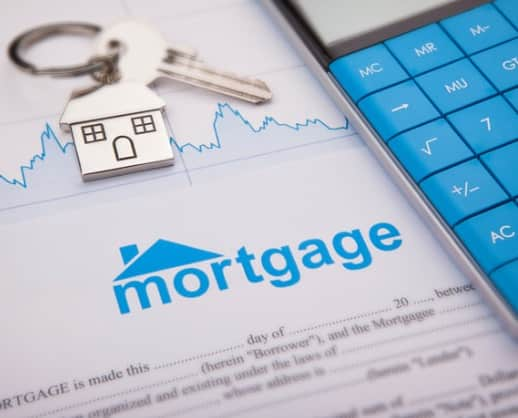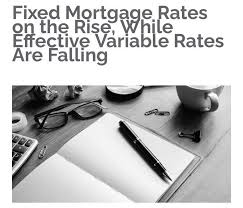
Historical low interest rates have been around for almost a decade and are expected to remain this way for many more years. However, as inflation rises and the economy grows, rates will likely begin to rise again. This is good for consumers because it means lower borrowing rates for auto loans and credit cards as well as factory construction.
Historical low interest rates have been in place for almost a decade
There are many theories as to why interest rates have remained so low for the past ten years. One is that they are the result of excessive global saving and accumulation of foreign reserves. Summers suggests that there are other theories that link low interest rate to low demand. Summers calls this "secular stagnation". In Summers' view, prolonged low interest rates are inevitable, and governments must take action to boost aggregate demand.

The rates at which the United States government can borrow are only 1.9 percent. That is an extremely low rate. Higher rates are offered by other industrial nations. The yield on ten years of government bonds in Japan is currently about 1.6 per cent. Even slightly less is the yield in Switzerland.
They will remain low for the next few years.
One of the reasons why the current interest rates are so low is the divergence among tighter Fed policy, and continued easing foreign central banks. This policy divergence will likely continue for some time. As a result, long-term interest rates in the U.S. are expected to remain low for years to come.
The structural decline of inflation is one reason interest rates remain historically low. Over the last 40 years, long-term expectations of inflation fell dramatically. Investors in public debt were expecting lower yields on Treasury bonds. This resulted in a reduced risk premium for Treasury bonds and consistently lower inflation than the target of 2%. With inflation under the target, downward pressure on interest rates was inevitable.

They fluctuate a lot
For the past several decades, interest rates in the United States were historically low. This is due in part to the severity of the recession caused by the global financial collapse. In response, interest rates fell but it is unclear how much. Today's interest rates are fairly high, but historically they have been low.
FAQ
What is a reverse loan?
Reverse mortgages are a way to borrow funds from your home, without having any equity. It works by allowing you to draw down funds from your home equity while still living there. There are two types: conventional and government-insured (FHA). If you take out a conventional reverse mortgage, the principal amount borrowed must be repaid along with an origination cost. FHA insurance will cover the repayment.
How many times do I have to refinance my loan?
It all depends on whether your mortgage broker or another lender is involved in the refinance. In both cases, you can usually refinance every five years.
How can I get rid of termites & other pests?
Your home will be destroyed by termites and other pests over time. They can cause serious destruction to wooden structures like decks and furniture. You can prevent this by hiring a professional pest control company that will inspect your home on a regular basis.
How can I determine if my home is worth it?
If your asking price is too low, it may be because you aren't pricing your home correctly. You may not get enough interest in the home if your asking price is lower than the market value. For more information on current market conditions, download our Home Value Report.
Statistics
- It's possible to get approved for an FHA loan with a credit score as low as 580 and a down payment of 3.5% or a credit score as low as 500 and a 10% down payment.5 Specialty mortgage loans are loans that don't fit into the conventional or FHA loan categories. (investopedia.com)
- This seems to be a more popular trend as the U.S. Census Bureau reports the homeownership rate was around 65% last year. (fortunebuilders.com)
- Some experts hypothesize that rates will hit five percent by the second half of 2018, but there has been no official confirmation one way or the other. (fortunebuilders.com)
- When it came to buying a home in 2015, experts predicted that mortgage rates would surpass five percent, yet interest rates remained below four percent. (fortunebuilders.com)
- Based on your credit scores and other financial details, your lender offers you a 3.5% interest rate on loan. (investopedia.com)
External Links
How To
How to become a real estate broker
You must first take an introductory course to become a licensed real estate agent.
Next, you will need to pass a qualifying exam which tests your knowledge about the subject. This requires that you study for at most 2 hours per days over 3 months.
After passing the exam, you can take the final one. You must score at least 80% in order to qualify as a real estate agent.
You are now eligible to work as a real-estate agent if you have passed all of these exams!